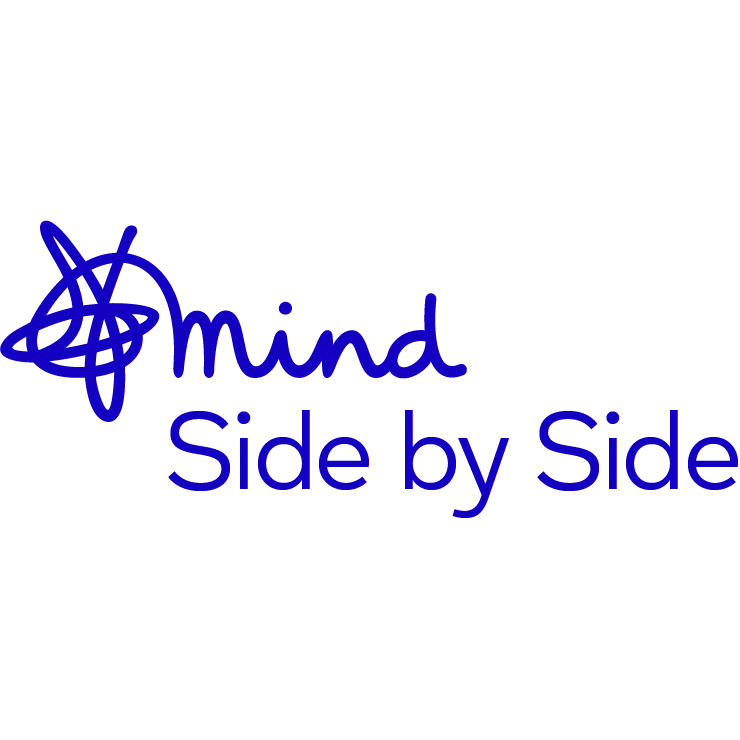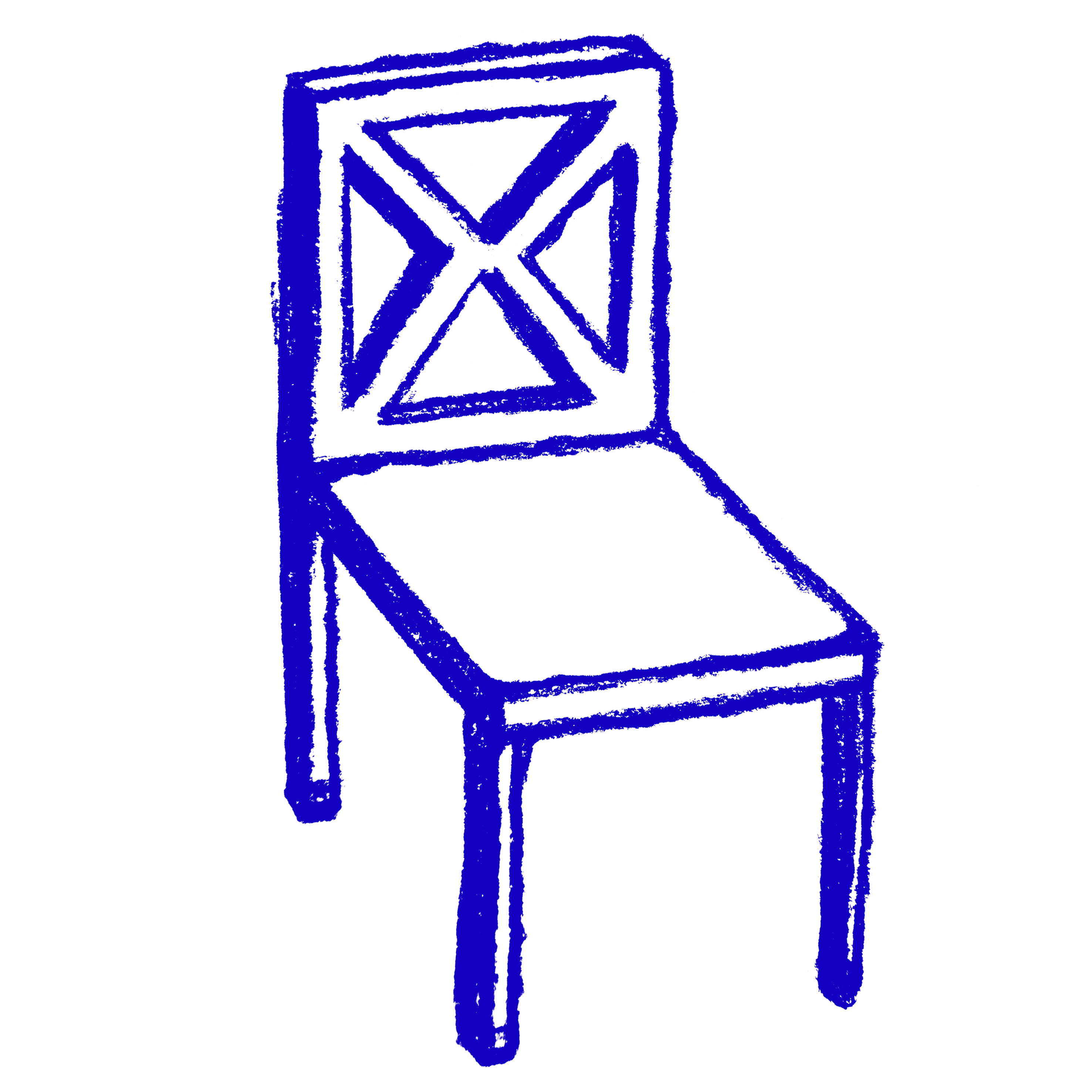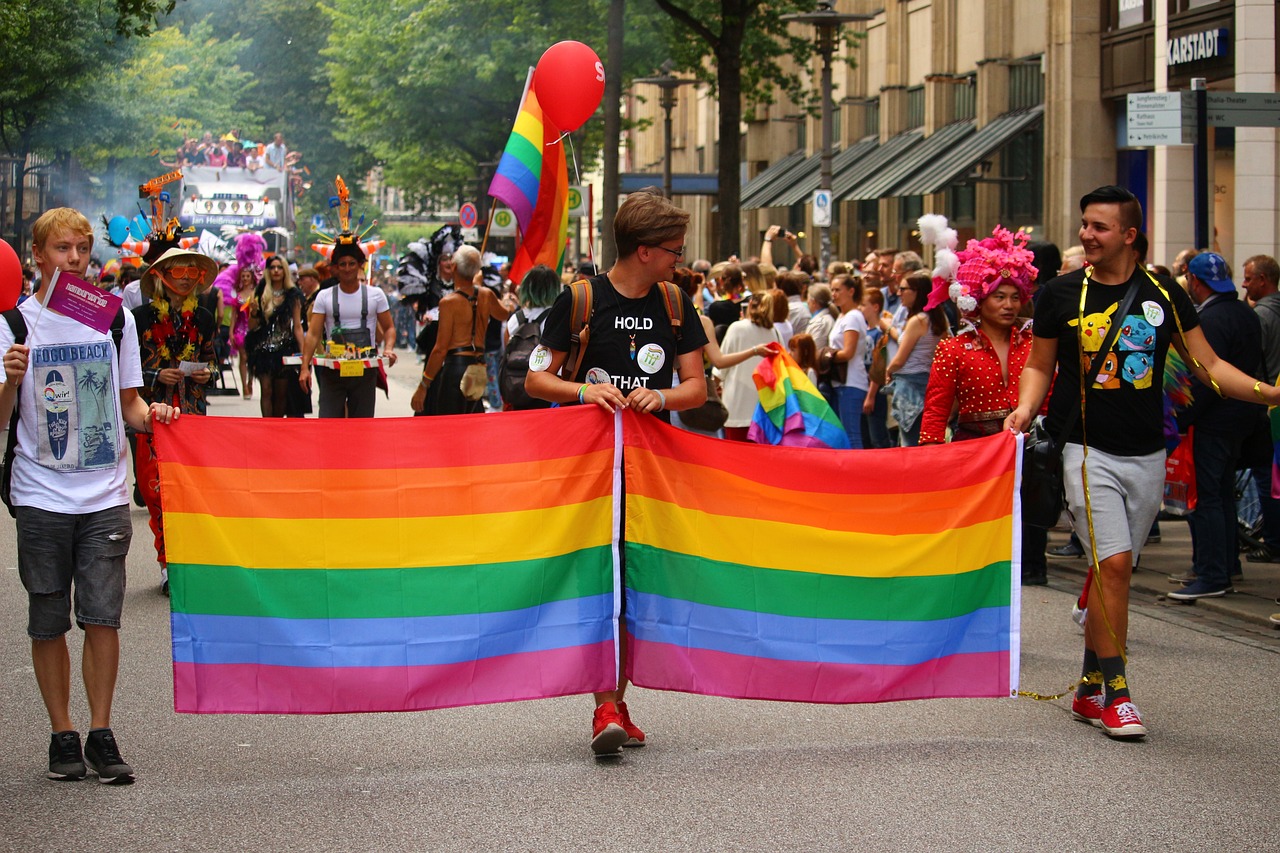LGBTQIA+ information and further support
It is common to not know who we are yet, to be questioning and curious. Our views may change over time and this may be confusing…this is OK! Considering the difference between sex, gender and sexuality is a good starting point to explore ourselves.
Sex
Our sex refers to our biological and physiological characteristics. These are the characteristics of a person’s body which make an individual male nor female such as hormones, genes and reproductive organs.
Currently sex, male or female, is assigned at birth based upon external reproductive organs. However, there are not only two options. The letter I in LGBTQIA+ stands for intersex. These are individuals whose anatomy and/or physiology differs from what is thought of as typically male and female. Physically, humans are, and always have been, diverse.
For more information and support:
DSD – up-to-date information on differences in sex development (DSD) including, puberty, growing up and your life
Gender Identity
Our gender refers to our perceived personal identity, this means that gender is a psychological construct, and we are free to express our gender how we would like to. It is who we are.
Genders can be referred to as:
- Cisgender: whatever you were assigned at birth is the same for you now – cis meaning same ‘on the same side as’, female, male
- Transgender: whatever you were assigned at birth is different for you now – trans meaning ‘on the opposite side as’, trans male, trans female
- Non-binary/Gender Diverse: you identify beyond as neither male or female
- Gender Fluid/Gender Queer/Gender Questioning: your gender fluctuates over time. Maybe you are questioning your identity or just don’t know – that’s OK
There are more. It is important to use the words that each individual chooses to be known by.
Sexuality/ Sexual Identity/Sexual Orientation
Our sexuality refers to our enjoyment, our experiences and expressions of romantic and/or sexual feelings. You may have heard this before as romantic or sexual attraction.
A few patterns of sexuality:
- Heterosexual: you are attracted to individuals of the opposite sex
- Homosexual/Lesbian/Gay: you are attracted to individuals of the same sex
- Bisexual: you are attracted to individuals of either sex
- Pansexual: you are attracted to individuals of any gender
- Asexual: you are not attracted to individuals of any sex/gender
There are many more. The meaning of these words might be different for each of us. It is important to use the words that each individual chooses to be known by. You may not know your sexuality yet.
For more information and support: https://www.brook.org.uk/topics/sexuality/
Further Information
Transwiki – Directory of groups and organisations supporting or assisting trans and gender diverse individuals, families and friends https://www.gires.org.uk/tranzwiki/
Being Gay is OK – Advice and information, aiming to help young people feel better about their sexuality and the person that they are https://bgiok.org.uk/
Switchboard – Information and support to equip the LGBTQIA+ community and its allies. Free and available for anyone, anywhere at any point in their journey https://switchboard.lgbt/
Shout – Tips and ideas to use to talk to your young person about sexuality and gender
https://giveusashout.org/latest/talking-your-children-about-sexuality-and-gender/
Anna Freud Centre – Booklet to support LGBTQ+ individuals including topics such as support for coming out, intersectionality and common challenges https://brandplatform.annafreud.org/share/GyrEQyNYEvDME2zyUkrt
Training Academy
Our Training Academy website offers a number of interactive courses to help you learn how to manage your mental health and provide support for others.

Side by Side
Side by Side is a supportive online community where you can be yourself. We all know what it's like to struggle sometimes, but now there's a safe place to listen.
Connect with people who experience struggles at times
Counselling
Our highly qualified therapists have a range of specialities and approaches as we know it is not one size fits all.
